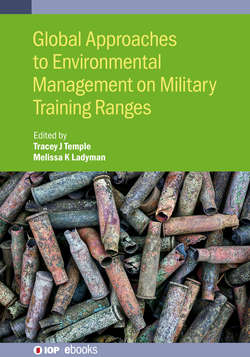Читать книгу Global Approaches to Environmental Management on Military Training Ranges - Tracey Temple - Страница 42
На сайте Литреса книга снята с продажи.
2.4.1 Magnitude of error
ОглавлениеIn the past, the majority of effort to reduce error in sampling has been misdirected. Rasemann has found that the greatest error in environmental characterization occurs not in the analytical lab, where 95% of the effort to reduce error occurs, but in the field while collecting the original sample. Little or no real effort had been expended in the field to reduce sampling error in the past. Much of the reason for this is because little or no quality assurance (QA), such as replicate sampling, had occurred in the field. It is also much easier to go to the field, fill a jar with 250 g of soil, and analyze 5 g taken from the top of the sample while back in the lab. With no QA, the results of the analysis are often presented as the definitive, usually to five or six significant figures. The perception of the immutability of the grab sample began to come into question when sites declared clean (or dirty) turned out, at great expense, to be just the opposite. Rudimentary QA, generally consisting of obtaining co-located ‘replicate’ samples, had contaminant concentrations that were sometimes 3–4 orders of magnitude different from each other. Rasemann estimated that sampling error is around 1000%, sample preparation error is around 300%, and analytical error, where the greatest effort to reduce error occurs, amounts to only about 3% (table 2.1).
Table 2.1. Three common sources of measurement error [24].
| Process | Error (% of true value) |
|---|---|
| Sampling | 1000% |
| Sample preparation | 100%–300% |
| Analytical measurement | 2%–20% |
